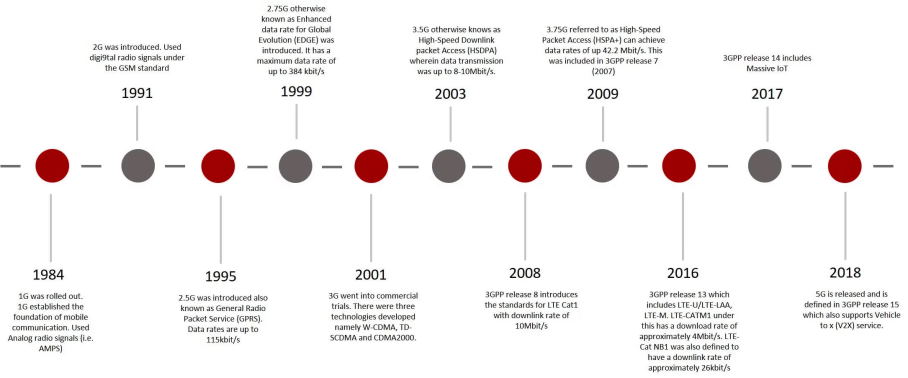Every day, a new wireless communication protocol seems to emerge. With so many different choices, it can be difficult to know which one is right for your needs. This blog post will explore the different types of wireless communication protocols and discuss their strengths and weaknesses. We’ll also provide tips on choosing the right one for your specific application. So, keep reading if you’re curious about what’s out there!
Comparing wireless communication protocols
Wireless communication protocols are the rules that govern how wireless devices communicate with each other. These protocols define what types of information can be exchanged, how the information is formatted, and how the exchange takes place.

There are a variety of wireless communication protocols in use today, each designed for a specific purpose. Here are some of the most common:
- Bluetooth: Bluetooth is a short-range wireless protocol typically used for exchanging data between devices such as computers, printers, and mobile phones. It can also be used for connecting devices to headsets or speakers.
- Wi-Fi: Wi-Fi is a popular protocol for connecting devices to local area networks (LANs), such as those found in homes and offices. Wi-Fi can also be used to connect devices to the internet, such as laptops and smartphones.
- Cellular: Cellular protocols are those used by cell phones and other mobile devices to communicate with cellular towers. These protocols define how data is transmitted over the airwaves and dictate the maximum data rates that can be achieved.
- Satellite: Satellite protocols are used for communicating with satellites in orbit around the earth. These protocols are designed for long-range communications and typically have high data rates.
- Z-Wave: Z-Wave is another low-power wireless protocol for connecting devices in smart homes and offices. Like Zigbee, Z-Wave devices can be used to control lights, thermostats, and security systems.
As you can see, there are a variety of wireless communication protocols in use today. Each has its own strengths and weaknesses, so it’s it’srtant to choose the right one for your needs.

How to choose the right wireless protocol?
Many different wireless protocols are available on the market today, and choosing the right one for your needs can be daunting. Here are a few things to consider when choosing a wireless protocol:
- What is your application?
- How much data do you need to transfer?
- What is the range you need?
- What is the security requirements of your application?
Once you have answered these questions, you can narrow down the options field and choose the best wireless protocol for your needs.
